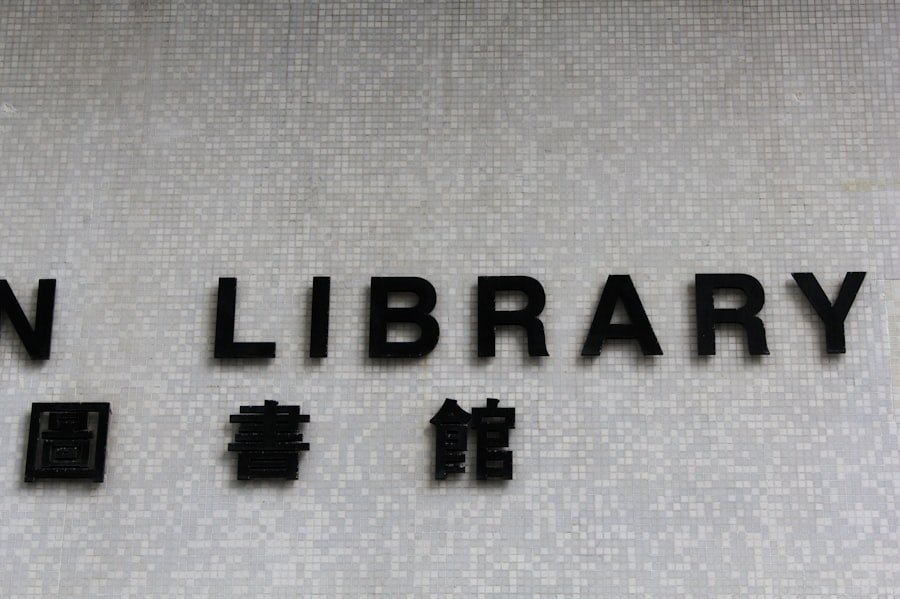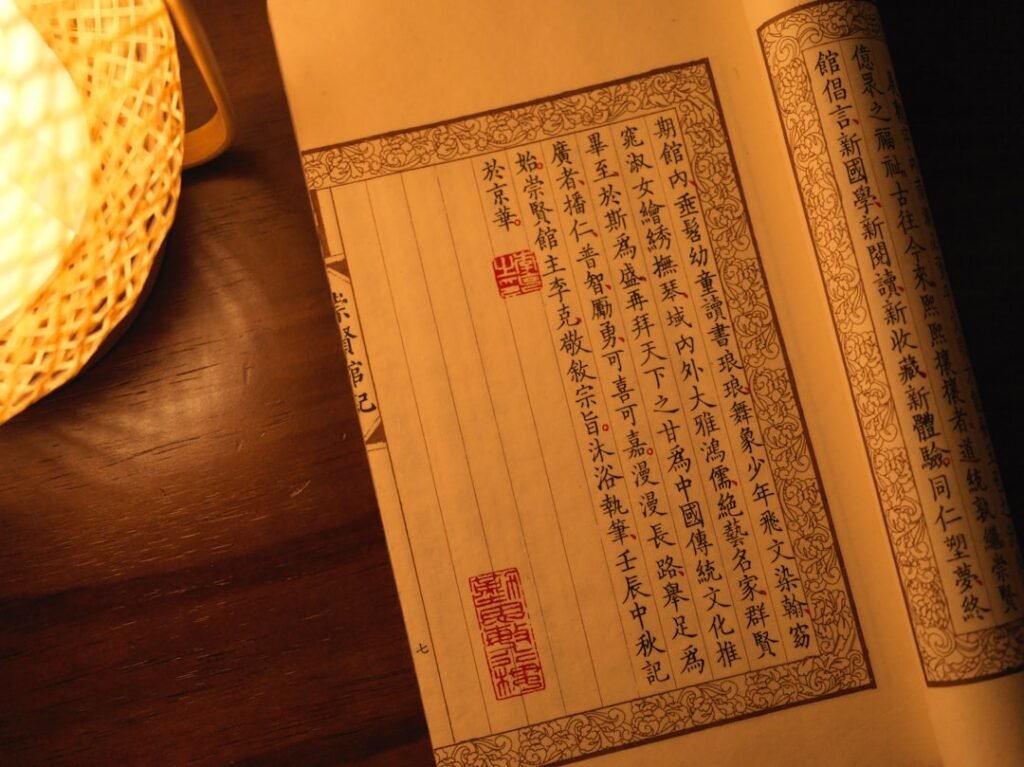Xing Script, also known as Running Script, is a captivating and fluid style of Chinese calligraphy that has enchanted artists and scholars for centuries. This script is characterised by its dynamic strokes and graceful forms, making it a favourite among calligraphers who seek to express both emotion and movement in their work. Unlike the more rigid and formal styles, such as Kaishu (Regular Script), Xing Script offers a sense of spontaneity and freedom, allowing the calligrapher to infuse their personality into each piece.
As a bridge between the structured nature of traditional calligraphy and the expressive potential of cursive writing, Xing Script holds a unique place in the rich tapestry of Chinese artistic expression. The allure of Xing Script lies not only in its aesthetic appeal but also in its historical significance. It serves as a testament to the evolution of Chinese writing and the cultural shifts that have influenced its development.
As we delve deeper into the history, characteristics, and importance of Xing Script, we will uncover the profound impact it has had on Chinese art and culture, as well as its relevance in contemporary society. Master the art of Chinese calligraphy. Enroll now at the LC Chinese School in Oslo.
Table of Contents
ToggleSummary
- Xing Script is a traditional Chinese calligraphy style known for its elegance and beauty.
- Xing Script has a long history dating back to the Han Dynasty and has evolved over time.
- The characteristics of Xing Script include its square, angular shapes and precise, rhythmic strokes.
- Xing Script is highly regarded in Chinese calligraphy for its cultural significance and artistic expression.
- Learning Xing Script requires patience, practice, and the use of specific tools such as brushes and inkstones.
History and Origins of Xing Script
The origins of Xing Script can be traced back to the Han Dynasty (206 BCE – 220 CE), a period marked by significant advancements in literature and art. During this time, scholars began to experiment with different writing styles, seeking to create a more fluid and expressive form of calligraphy that could convey the nuances of human emotion. The development of Xing Script was influenced by earlier scripts, particularly the Clerical Script (Lishu), which provided a foundation for its more cursive forms.
As the centuries progressed, Xing Script continued to evolve, gaining popularity among poets and scholars who appreciated its ability to capture the essence of their thoughts and feelings. By the Tang Dynasty (618 – 907 CE), Xing Script had become a prominent style, embraced by renowned calligraphers such as Ouyang Xun and Yan Zhenqing. Their mastery of this script not only solidified its place in the canon of Chinese calligraphy but also inspired future generations to explore its expressive potential.
Characteristics of Xing Script

Xing Script is distinguished by its fluidity and spontaneity, which set it apart from other calligraphic styles. The strokes are often elongated and connected, creating a sense of movement that reflects the calligrapher’s emotional state at the moment of writing. This dynamic quality allows for a greater degree of personal expression, as each stroke can vary in thickness and curvature depending on the artist’s intent.
Another defining characteristic of Xing Script is its balance between legibility and artistic flair. While it retains enough clarity for readers to comprehend the text, it also embraces a level of abstraction that invites interpretation. The interplay between structure and freedom in Xing Script exemplifies the delicate balance that calligraphers strive to achieve, making it a compelling choice for those who wish to convey both meaning and emotion through their work.
The Importance of Xing Script in Chinese Calligraphy
Xing Script occupies a vital role in the world of Chinese calligraphy, serving as a bridge between traditional forms and modern expressions. Its significance extends beyond mere aesthetics; it embodies the philosophical principles of Daoism and Confucianism, which emphasise harmony, balance, and the interconnectedness of all things. The fluidity of Xing Script reflects these ideals, allowing calligraphers to express their inner thoughts while remaining attuned to the world around them.
Moreover, Xing Script has played a crucial role in the preservation and transmission of Chinese culture. Many classical texts, poems, and philosophical treatises have been transcribed in this style, ensuring that their wisdom endures through generations. The act of writing in Xing Script is not merely a technical exercise; it is a meditative practice that fosters a deeper connection to one’s heritage and identity.
Learning Xing Script: Techniques and Tools
For those interested in mastering Xing Script, understanding the fundamental techniques and tools is essential. Calligraphy begins with the right materials: high-quality rice paper, brushes made from animal hair, and ink made from natural pigments are all crucial for achieving the desired effects. The choice of brush size can also influence the outcome; larger brushes allow for broader strokes, while smaller ones enable finer details.
When learning Xing Script, practitioners often start with basic strokes before progressing to more complex characters. It is essential to develop a strong foundation in brush control and stroke order, as these elements are critical for achieving the fluidity characteristic of this style. Many calligraphers recommend practicing with model works from masters to understand how they balance speed with precision.
Additionally, attending classes or workshops can provide valuable guidance from experienced instructors who can offer personalised feedback on technique.
Famous Xing Script Calligraphers

Throughout history, several calligraphers have made significant contributions to the development and popularisation of Xing Script. One such figure is Ouyang Xun, whose work during the Tang Dynasty set a standard for excellence in this style. His ability to blend elegance with readability has inspired countless artists who followed in his footsteps.
Ouyang’s pieces often reflect a deep understanding of both form and content, showcasing his mastery over brushwork. Another notable calligrapher is Yan Zhenqing, whose bold strokes and emotive expressions have left an indelible mark on Chinese calligraphy. Yan’s approach to Xing Script was characterised by his emphasis on personal expression, often infusing his work with a sense of individuality that resonated with viewers.
His legacy continues to influence contemporary calligraphers who seek to capture their unique voices through this dynamic script.
The Influence of Xing Script on Chinese Art and Culture
The impact of Xing Script extends far beyond the realm of calligraphy; it has significantly influenced various aspects of Chinese art and culture. Its fluidity has inspired painters, poets, and musicians alike, fostering a cross-disciplinary dialogue that enriches the creative landscape. The aesthetic principles inherent in Xing Script—such as balance, harmony, and spontaneity—can be observed in traditional Chinese painting and poetry, where artists strive to evoke emotion through their chosen mediums.
Moreover, Xing Script has played a role in shaping cultural identity within China. As a symbol of artistic expression, it serves as a reminder of the importance of individual creativity within the broader context of cultural heritage. In times of social change or upheaval, calligraphers have turned to Xing Script as a means of articulating their thoughts and feelings, reinforcing its status as a vital form of communication.
Comparing Xing Script with Other Chinese Calligraphy Styles
When comparing Xing Script with other styles such as Kaishu (Regular Script) or Caoshu (Cursive Script), one can observe distinct differences in formality and expressiveness. Kaishu is characterised by its clarity and precision, making it ideal for formal documents and inscriptions. In contrast, Caoshu embraces an even greater degree of abstraction and spontaneity than Xing Script, often prioritising speed over legibility.
Xing Script occupies a unique position between these two extremes; it retains enough structure to be readable while allowing for personal expression through fluid strokes. This balance makes it particularly appealing for those who wish to convey emotion without sacrificing clarity. As such, Xing Script serves as an excellent entry point for beginners seeking to explore the world of Chinese calligraphy.
Modern Applications of Xing Script
In contemporary society, Xing Script continues to find relevance across various fields. Artists incorporate this style into modern artworks, blending traditional techniques with innovative concepts to create pieces that resonate with today’s audiences. Additionally, designers utilise elements of Xing Script in graphic design and branding, recognising its ability to evoke cultural significance while maintaining aesthetic appeal.
Furthermore, educational institutions have begun to embrace Xing Script as part of their curriculum, recognising its value in fostering creativity and cultural appreciation among students. Workshops and classes dedicated to this style are increasingly popular, providing individuals with opportunities to explore their artistic potential while connecting with their heritage.
Preserving and Promoting Xing Script in the Digital Age
As we navigate an increasingly digital world, preserving traditional art forms like Xing Script becomes paramount. While technology offers new avenues for artistic expression, it also poses challenges for maintaining cultural heritage. To address this issue, various organisations are working diligently to promote awareness and appreciation for Xing Script through online platforms and social media.
Initiatives such as virtual exhibitions, online tutorials, and interactive workshops allow individuals from around the globe to engage with this art form. Additionally, institutions like LC Chinese School in Oslo are at the forefront of promoting Chinese calligraphy education, offering specialised courses that focus on Xing Script. These courses not only teach technical skills but also emphasise the cultural significance behind each stroke, ensuring that this timeless art form continues to thrive in future generations.
The Timeless Elegance of Xing Script
In conclusion, Xing Script stands as a testament to the enduring beauty and significance of Chinese calligraphy. Its rich history, characterised by evolution and innovation, reflects broader cultural shifts while maintaining its core principles of balance and harmony. As we explore its characteristics and influence on art and culture, we come to appreciate not only its aesthetic appeal but also its role as a medium for personal expression.
As we move forward into an increasingly digital age, it is crucial to preserve and promote traditional art forms like Xing Script. Institutions such as LC Chinese School in Oslo play an essential role in this endeavour by offering courses that educate individuals about the intricacies of this captivating script. By fostering an appreciation for Xing Script among new generations, we ensure that its timeless elegance continues to inspire creativity and connection within our ever-changing world.
Master the art of Chinese calligraphy. Enroll now at the LC Chinese School in Oslo.







